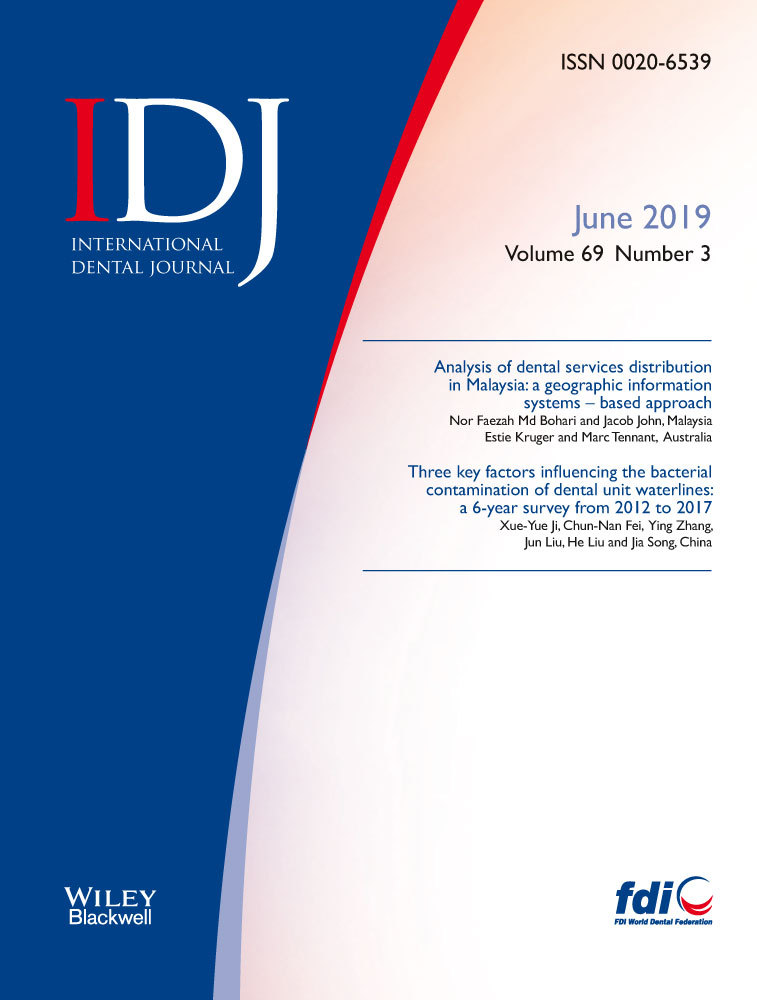Confirmation of the unidimensional structure of the Oral Health Literacy Adults Questionnaire
Abstract
Objectives
The Oral Health Literacy Adults Questionnaire (OHL-AQ) was designed to test functional oral health literacy in general populations. Exploratory analyses suggested a unidimensional structure rather than the four constructs proposed (reading comprehension, numeracy, listening and decision-making). The purpose of this study was to conduct a confirmatory analysis of the OHL-AQ.
Methods
A cross-sectional study design used a stratified multistage sampling strategy in 22 districts of Tehran, Iran. The OHL-AQ was administered verbally in its original Persian language. Confirmatory analyses replicated the previous exploratory analyses to determine dimensionality and internal consistency. Data were then randomly assigned to two data sets and item analyses were performed to test reliability.
Results
Evidence of unidimensionality was confirmed as the exploratory factor analysis could replicate previous results in a different population. In a confirmatory factor analysis, model fit indicators were mixed because chi-square results were statistically significant and the standard root mean square residual (SRMR) neared guideline values. The comparative fit index (CFI) and the Tucker–Lewis index (TLI) did not meet recommended values but the root mean square error of approximation (RMSEA) was well within standards. Both score validity and reliability were adequate.
Conclusions
While findings overall support that OHL measured using the OHL-AQ can be considered unidimensional and therefore OHL can be characterised with one score, further dimensionality studies are needed to investigate populations in which OHL is low.




